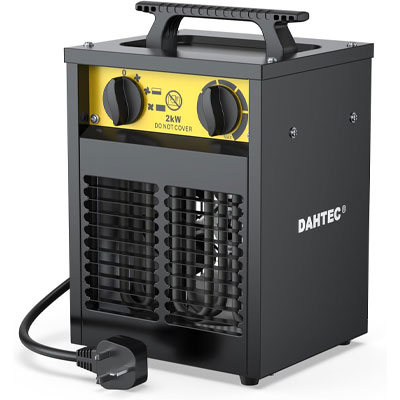8 places you should never put an electric heater in your home, according to experts
Electric heaters might be a good way to warm up a house fast, but they can become hazardous in the wrong spot


As temperatures fall and we prepare for the colder months ahead, many of us will consider using electric heaters as a way to keep our homes warm for less.
We all know that care needs to be taken when placing any electrical appliance to ensure they are an asset rather than a liability within the home, with the worst places to put an air fryer being in the news most recently. In the case of the best electric heaters, designed to produce heat, this becomes more important than ever.
With this in mind, we reached out to the experts to find out the places around the home to avoid placing an electric heater at all costs.
The worst places to put an electric heater in your home
There are actually several different types of electric heaters, including oil-filled portable electric radiators, fan heaters, infrared and convection heaters. While all electric heaters work on different principles, offering various benefits (and disadvantages), all rely on an electricity source to run.
Finding the best spot for an electric heater isn't just about locating it somewhere you will get the most out of it – there is also the matter of safety to consider, as with finding the best place to put a dehumidifier. We sought the expertise of industry experts for their advice.
1. Near soft furnishings of any kind

It might sound obvious not to place an appliance that gets hot next to your curtains or sofa and risk ruining your interior design scheme, but according to the experts we spoke to, this is a mistake they frequently see homeowners making.
"This is one of the most common and dangerous mistakes I see," reveals David Miloshev, an appliance technician and certified electrician at Fantastic Services. "Restricting airflow causes heat to build up around the heater. The heater can scorch any furniture around it and, in some cases, start smouldering fires. Keep at least one metre clearance around the heater on all sides."
Sign up to our free daily email for the latest royal and entertainment news, interesting opinion, expert advice on styling and beauty trends, and no-nonsense guides to the health and wellness questions you want answered.
"I’ve been called out to plenty of homes where someone has hidden a heater behind a sofa or heavy curtains thinking it’ll warm the room, and all it really does is cook the fabric and waste electricity," picks up Andrew Roughley, owner of DR Electrical. "Anything that restricts air flow around a heater is both a fire risk and inefficient."
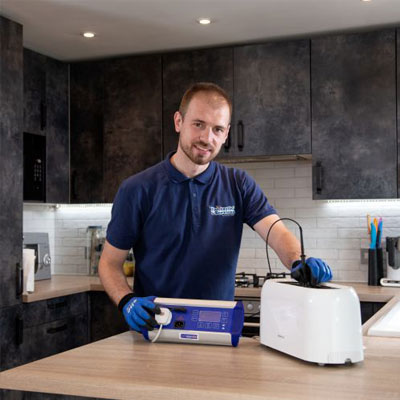
David Miloshev has worked with Fantastic Services as an appliance technician and certified electrician for more than five years. He has a profound understanding of the technology that keeps his clients' homes running smoothly and his comprehensive training has equipped him with the skills and knowledge needed to diagnose and fix a wide array of appliance issues.
Andrew Roughley is the owner of DR Electrical, with over 20 years of experience in the electrical services industry. Andrew is passionate about sustainable energy and delivering top-quality, safety-compliant electrical services for commercial and residential clients. His depth of knowledge makes him a sought-after expert in emerging electrical technologies and green energy solutions.
2. In bathrooms or near sources of moisture
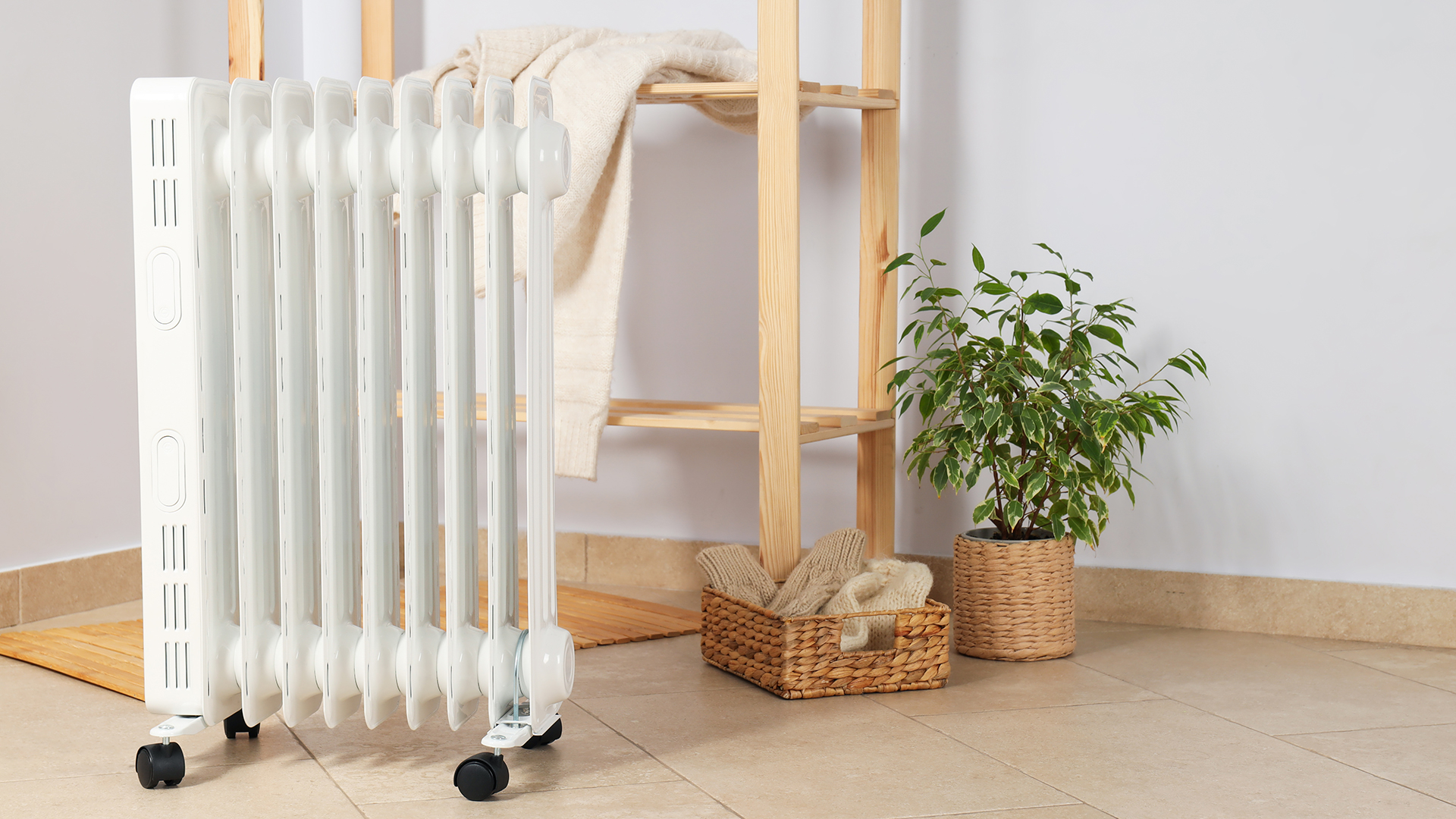
Mixing electricity and moisture is never a good idea, yet, once again, the experts we spoke to said this is still a mistake they see people making time and time again. "Don't put an electric heater anywhere near water sources, such as in bathrooms, laundry rooms and by kitchen sinks," warns David Miloshev.
"Moisture is a serious fire hazard when it's combined with electric heaters and can cause electrical shorts or create an electric shock risk." This is exactly why guidance for the best dehumidifiers for a bathroom is so important.
Portable heaters should never be used in bathrooms unless they are specifically rated for wet environments and hardwired by a professional. Steam and humidity can also corrode the internal components."
"Always avoid bathrooms or other wet areas unless the unit is fixed, IP-rated for that zone, and on a fused spur with an RCD," adds Stephen McLaughlin, registered electrician and director of SM Electrical Midlands.

Stephen McLaughlin is the director of SM Electrical Midlands, a Wolverhampton-based, NICEIC-registered firm serving homes and businesses across the West Midlands, Staffordshire and Shropshire. With 20+ years’ experience, he oversees safe, compliant electrical work.
3. Beneath windows
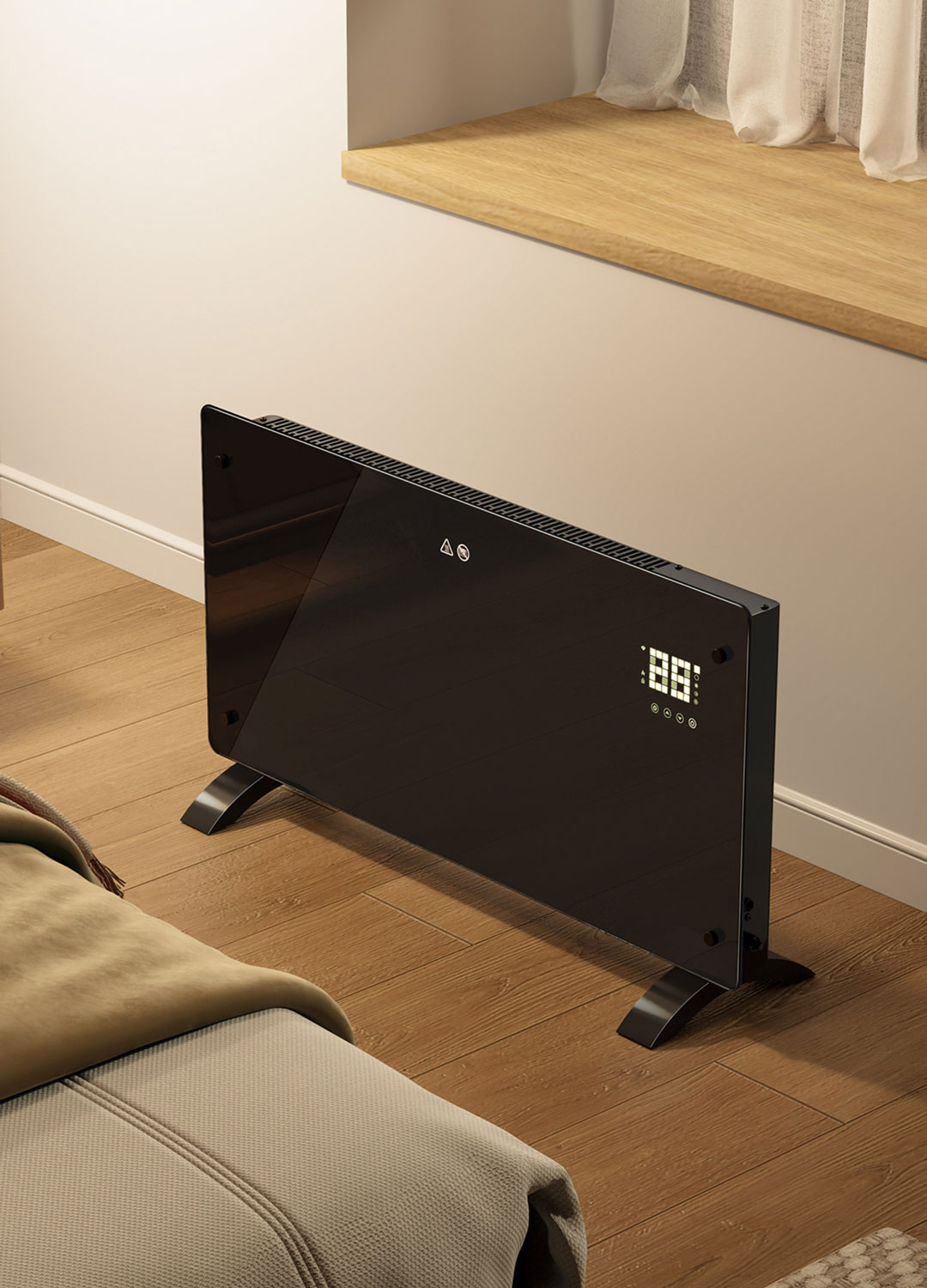
The debate about placing a radiator underneath a window continues — and everyone wants to have their say here. However, when it comes to electric radiators, things become a little more complex – particularly for owners of old houses looking at how to save energy.
"Cold drafts from windows will cause the thermostat to overwork the heater unnecessarily, reducing its efficiency and leading to uneven heating. It also increases energy consumption," explains David Miloshev. "If a wall heater must be placed near a window, it should be properly insulated and sealed around that area."
"If the windows are old, you are likely just pouring heat straight out and paying for the privilege," further explains Andrew Roughley. "Also, don't sit them right up against exterior doors where cold air constantly hits, as they’ll run harder and you’ll feel very little benefit from it being on."
4. On an uneven surface
An unstable surface is rarely a good spot on which to place anything — be that an appliance that gets hot or a breakable item such as a vase. When it comes to electric heaters, avoid putting them on anything prone to a bit of movement.
"For portable heaters, placing them on beds, carpets, or soft flooring can cause them to tip or become partially buried," points out David Miloshev. "This blocks the ventilation and can quickly lead to overheating."
"Your heater should always sit on a level, non-flammable surface," agrees Charanjit Mannu, director at Elec Training. "Placing it on an uneven surface or carpet increases the risk of it toppling over. For homes with children or pets, the dangers multiply," continues Charanjit.
"Heaters should never be left in rooms where unsupervised children or pets can access them. They might knock them over or place items, such as toys, too close."

Charanjit Mannu is Director at Elec Training and a recognised expert in vocational education, employability, and green energy skills. With over half a decade of experience designing and delivering accredited training programmes, he has supported hundreds of learners across the UK in gaining practical qualifications and sustainable career opportunities in technical industries.
5. Near anything flammable
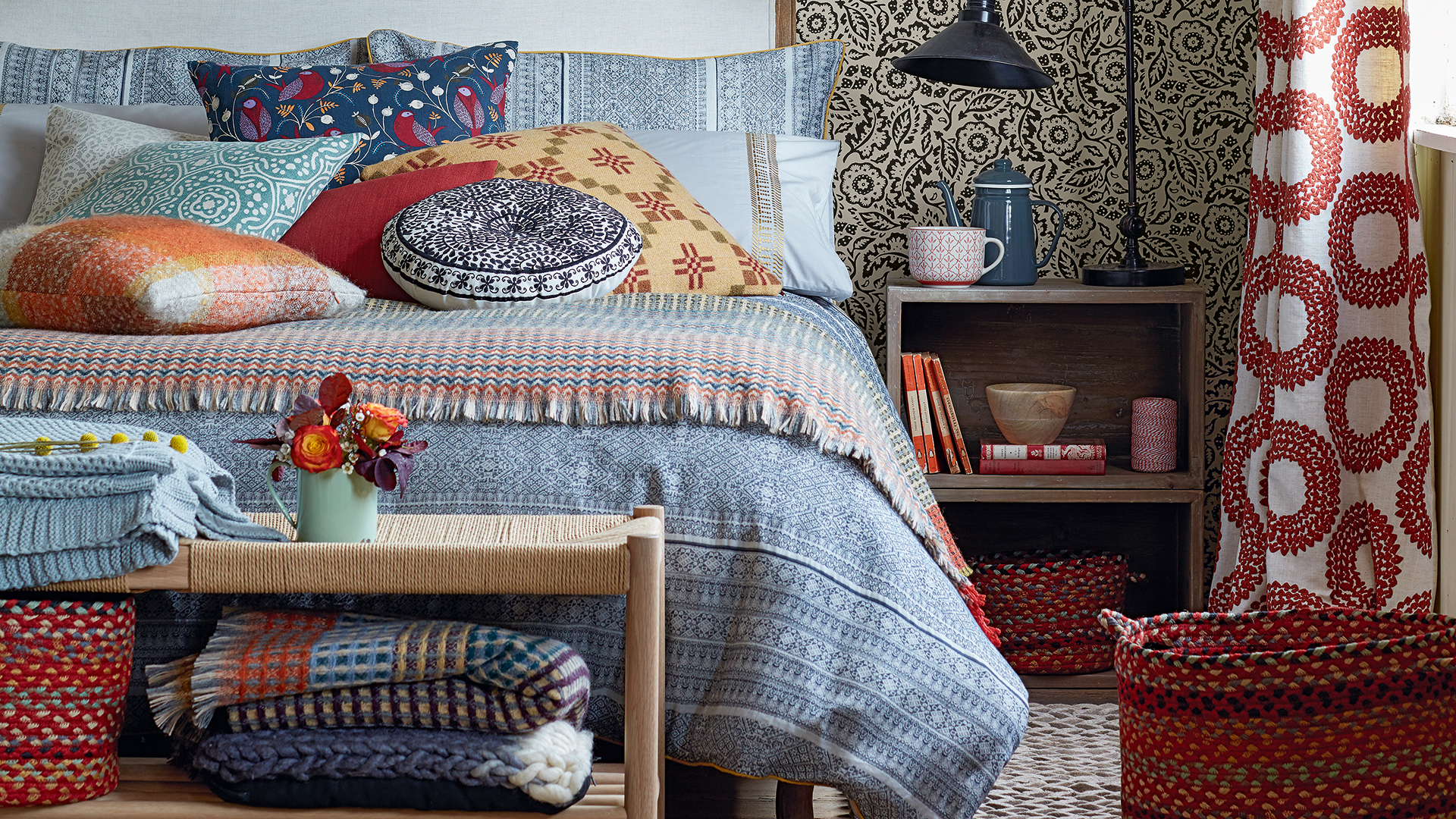
Really think about the surroundings of your electric heater. It is not always immediately obvious if something nearby could easily catch fire.
"Flammable materials to keep your heater away from include piles of clothing, bedding, cleaning chemicals, cardboard boxes and upholstered furniture," explains David Miloshev. "If any of these materials heat up slowly over time, they can ignite."
While it might feel tempting to use your heater to dry wet laundry quickly in winter, this too can pose a serious risk and is a big laundry drying mistake to be aware of.
"Never use a portable heater as a clothes dryer," warns Charanjit Mannu. "The fabric can fall onto the heater or the air vents can become blocked, causing it to overheat and become a fire risk."
6. Open and uninsulated rooms
While it might seem like a good idea to put an electric heater in a cold, uninsulated space – particularly an open-plan one – in order to warm it up, you could actually find yourself with a high electricity bill and little to show for it.
"If you want the most out of an electric heater, put it in a well-insulated room with the air free to move around it," says Andrew Roughley. "A central spot or an internal wall tends to work the best.
"People are using a tiny portable convector to warm big open plan spaces," continues Andrew. "It will run flat out and still leave you cold. Electric heaters are best in enclosed rooms where you can hold the heat in. For background or occasional heating, wall mounted electric radiators with thermostats are leagues ahead of fan heaters which are better for quick heat rather than long spells."
7. In high-traffic areas
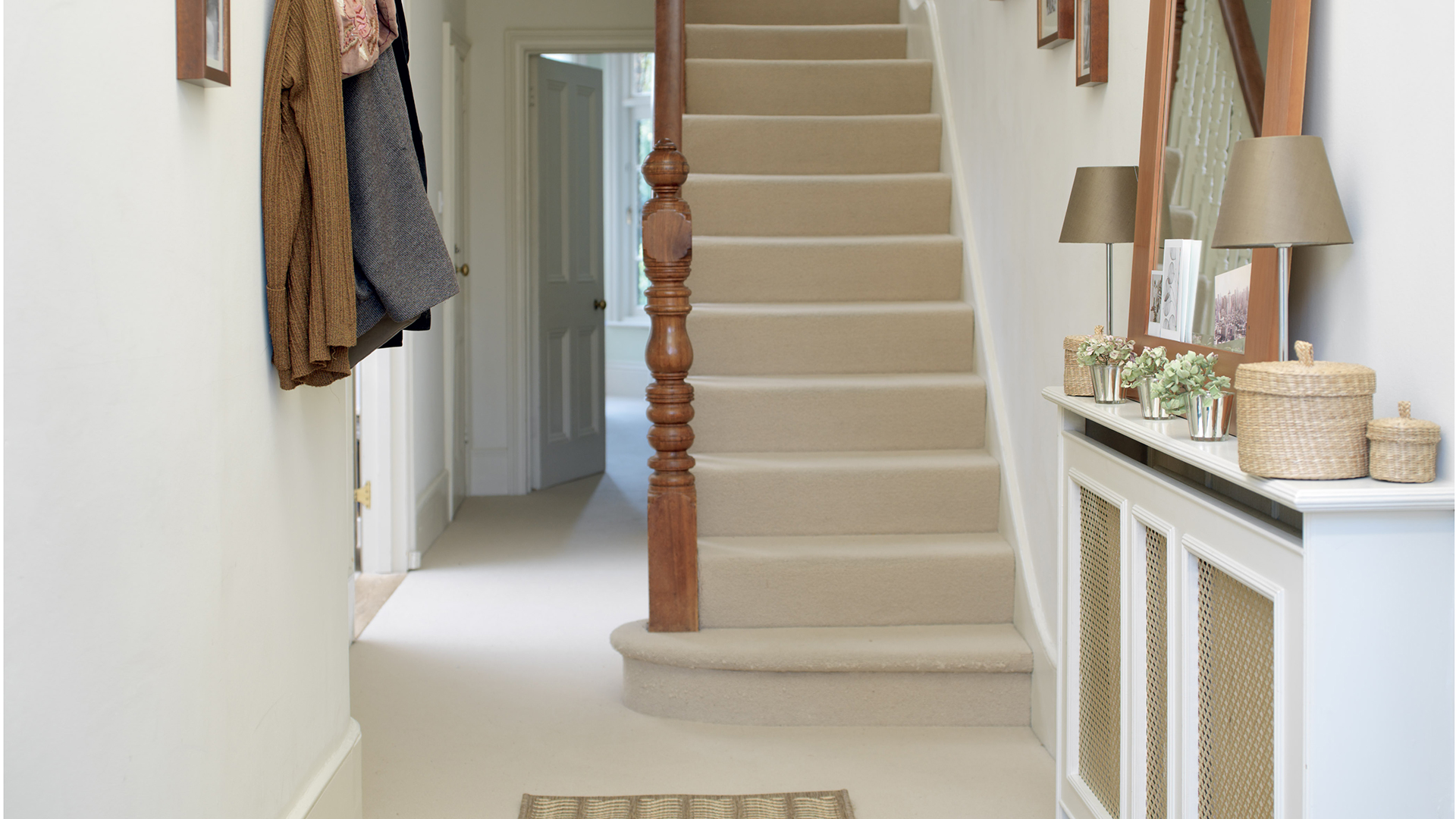
Hallways, landings, and porches can all be cold, draughty spaces within the home, but as areas that are frequently used and that can become busy at certain times of the day, they may not be ideal for your electric heater.
"People often place heaters in walkways or doorways for convenience, but this creates two problems – they can be tripped over, and, if they fall onto carpet or other flammable surfaces, they can quickly start a fire," points out Charanjit Mannu.
"People tend to brush past heaters or accidentally knock things onto them," picks up David Miloshev. "Fabric, paper and clothing in contact with a heater can ignite. Wall-mounted models in corridors need proper protective clearances and guards. Keep at least one metre clearance around the heater on all sides."
8. In high-dust environments
If you were considering placing your electric heater within a chilly workshop, garage or store room, you might want to think again, according to the experts. "Avoid high-dust or workshop environments," advises David Miloshev. "Dust build-up inside the heater can burn and create a fire hazard."
While understanding how to clean a radiator can help a little here when it comes to keeping your heater clear of debris, what is the best way to heat a cold garage or similar?
"If someone wants heat in a workshop or garage, they should use a properly rated industrial heater instead of a home unit," says David.
FAQs
What is the best place for an electric heater?
Now you know the worst places to put an electric heater, but how about the best ones? "Place portable electric heaters centrally in the room, away from foot traffic and soft furniture and never leave them on when you sleep or leave the house," advises Stephen McLaughlin.
"For fixed panel or convector heaters, mount them on a clear wall with the manufacturer's clearance guidelines, typically on an exterior wall under a window to counter cold draughts."
"Electric heaters should be placed in smaller, well-insulated rooms, ideally on or near an interior wall with good clearance and no drafts," adds David Miloshev. "They’re most effective in spaces where you want quick, controlled heat without wasting energy on unused areas. To get the best performance, safety and energy efficiency out of an electric heater, place it where the heat can circulate freely and where it won’t be fighting constant cold drafts or moisture."
Our pick of the best electric heaters

RRP: £70 | An innovative spin on the classic, this is 10% more efficient than oil radiators. Packed with clever storage and movement features, it's the most friendly and convenient oil-style radiator on the market. Thanks to the patented oil-style element, which can reach 35°C in just minutes.
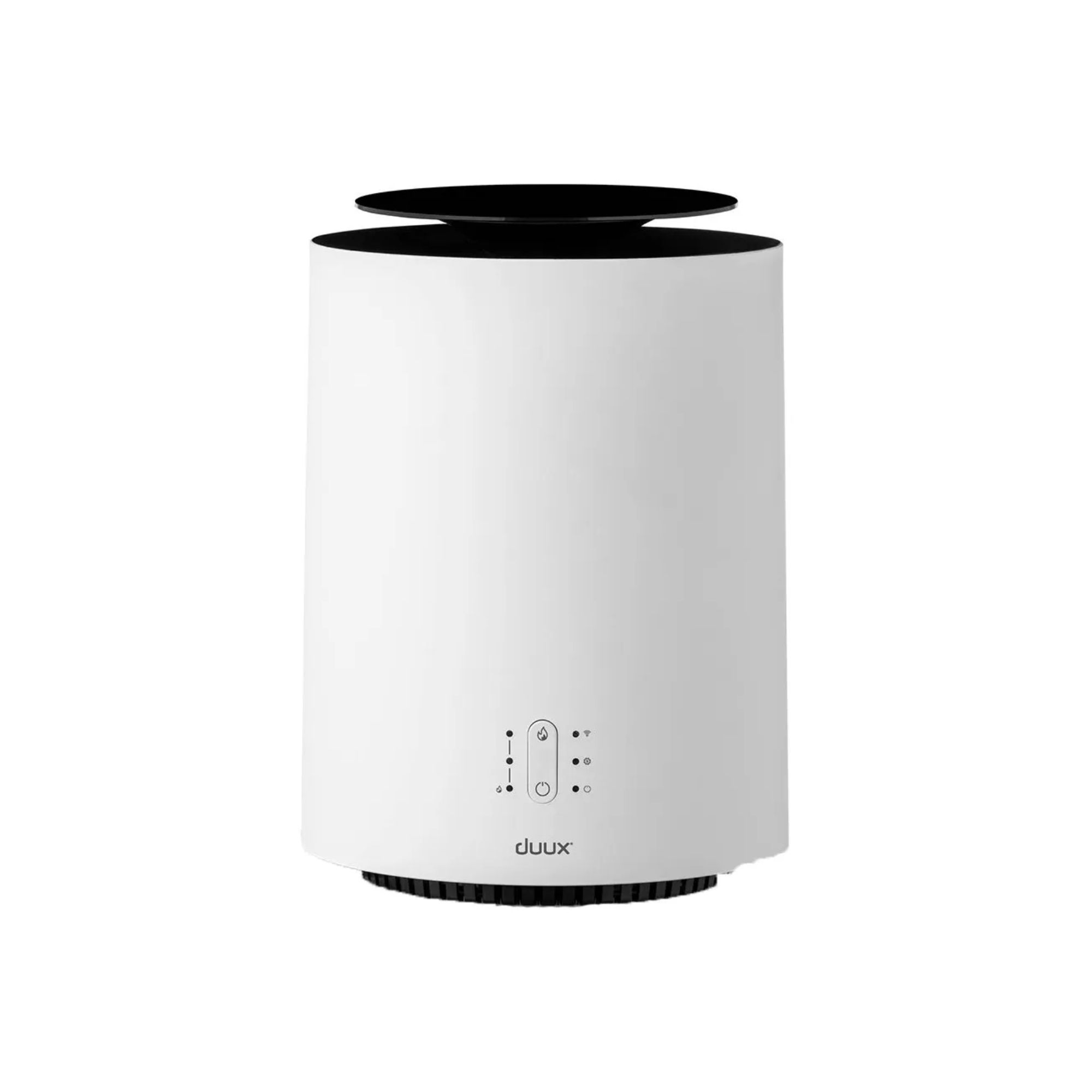
Compact, quiet, and efficient on all fronts, this is the perfect compact heater for any room. Small but mighty, it pumps out an astonishing amount of heat. It can also connect to your home devices, so if you want to turn the heating up, you only have to ask your smart devices.

RRP: £549.99 | Suitable for heating rooms up to 81m², this nifty fan heater by Dyson also acts as an air purifier and can be used to cool a room in the summer months, making it a great investment. It is super quiet to run and perfect for cosying up quickly – plus its design won't ruin your carefully curated interior scheme.
Electric heaters are a good way of heating a space fast, but underfloor heating and central heating tend to be more cost-effective. If you were wondering if it's more efficient to leave your heating on all day, check out our advice before touching that thermostat.

Natasha Brinsmead is a freelance homes and interiors journalist with over 20 years experience in the field. As former Associate Editor of Homebuilding & Renovating magazine, Natasha has researched and written about everything from how to design a new kitchen from scratch to knocking down walls safely, from how to lay flooring to how to insulate an old house. She has carried out a number of renovation projects of her own on a DIY basis and is currently on the lookout for her next project.
You must confirm your public display name before commenting
Please logout and then login again, you will then be prompted to enter your display name.
